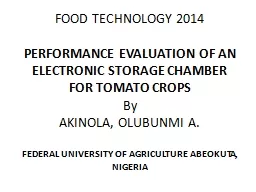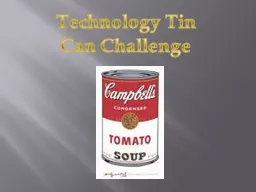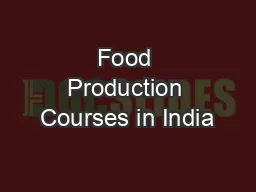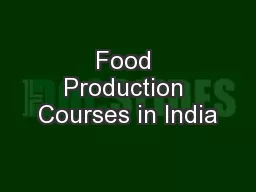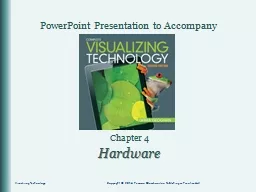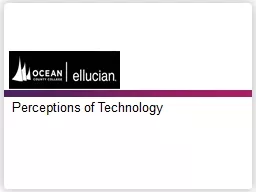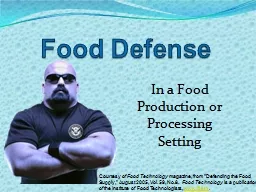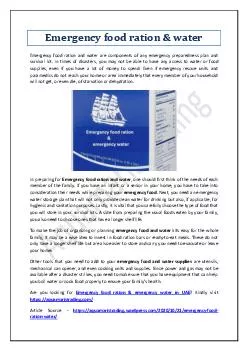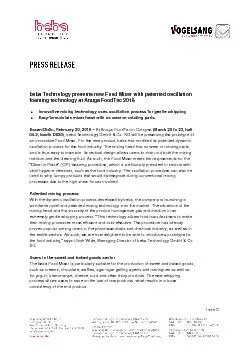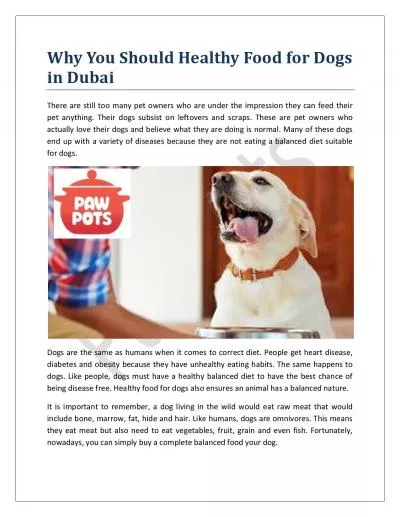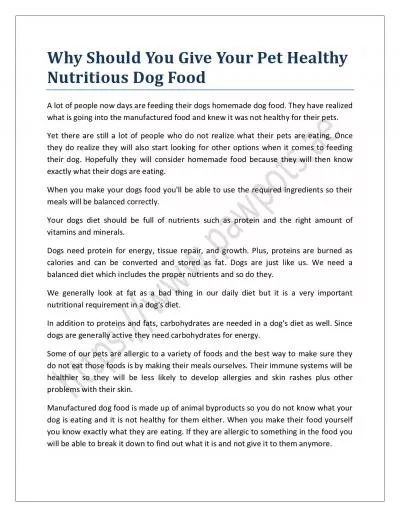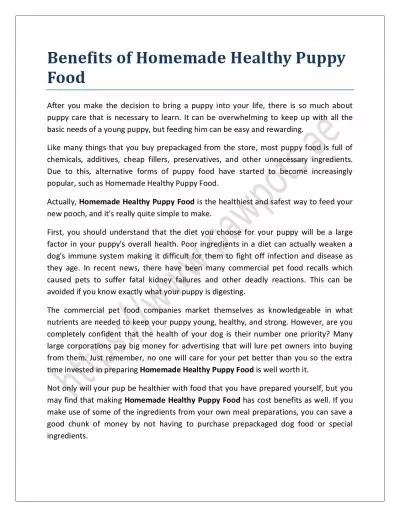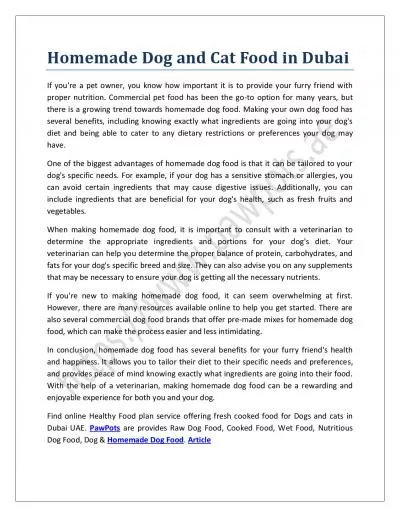PPT-FOOD TECHNOLOGY 2014
Author : faustina-dinatale | Published Date : 2016-12-13
PERFORMANCE EVALUATION OF AN ELECTRONIC STORAGE CHAMBER FOR TOMATO CROPS By AKINOLA OLUBUNMI A FEDERAL UNIVERSITY OF AGRICULTURE ABEOKUTA NIGERIA ABSTRACT The major
Presentation Embed Code
Download Presentation
Download Presentation The PPT/PDF document "FOOD TECHNOLOGY 2014" is the property of its rightful owner. Permission is granted to download and print the materials on this website for personal, non-commercial use only, and to display it on your personal computer provided you do not modify the materials and that you retain all copyright notices contained in the materials. By downloading content from our website, you accept the terms of this agreement.
FOOD TECHNOLOGY 2014: Transcript
Download Rules Of Document
"FOOD TECHNOLOGY 2014"The content belongs to its owner. You may download and print it for personal use, without modification, and keep all copyright notices. By downloading, you agree to these terms.
Related Documents

